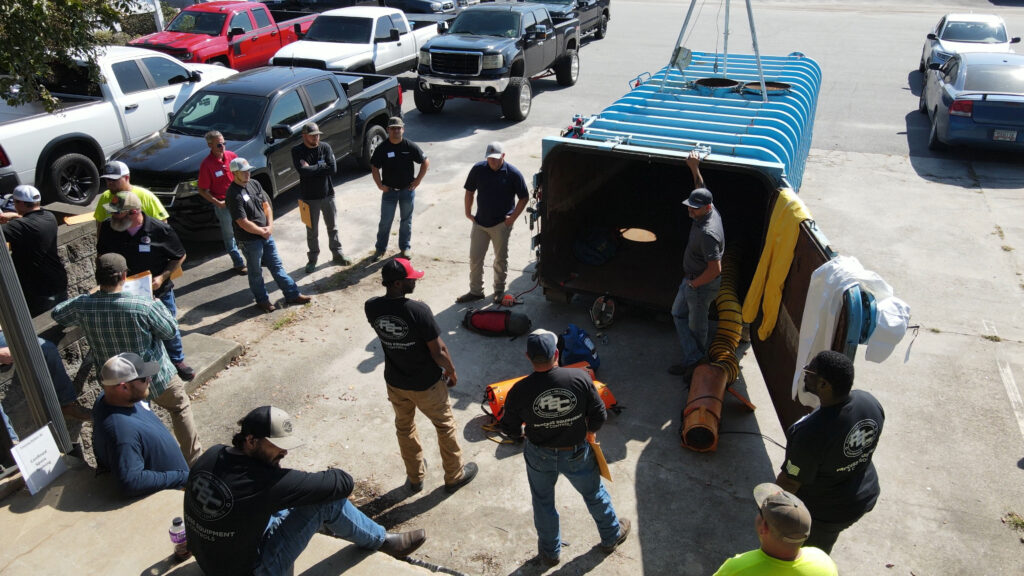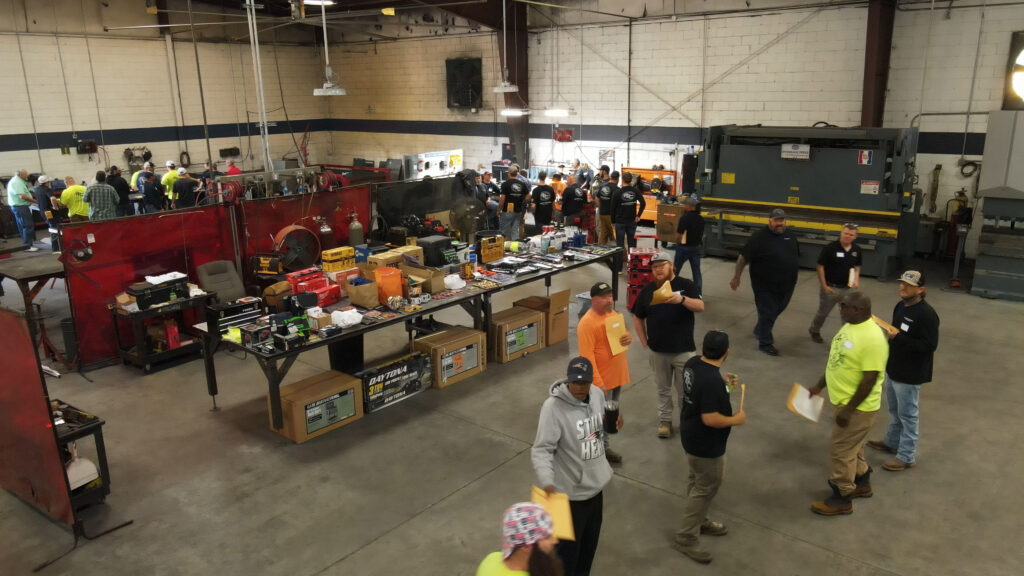
When the wheels of a manufacturing plant are in motion, safety and risk management become indispensable cogs in the machinery. They not only fortify operational efficiency but also form the fortress that shields the workforce from harm.
Imagine walking a tightrope. The thrill of high productivity is on one side, and the drop into the abyss of accidents and inefficiencies is on the other. That’s where effective safety and risk management come in.
They’re not just your safety net; they’re the sturdy pole that keeps your balance. They ensure the manufacturing juggernaut keeps moving forward without stumbling over the perils of unforeseen hazards.
Peel back the curtain, and you’ll find a well-oiled machine with several moving parts. Each component plays a vital role in establishing a safe and healthy environment for the manufacturing industry. From hazard identification to risk assessment, these practices hold the keys to a thriving industry.
Identify hazards: it’s akin to a detective meticulously examining a crime scene. But instead of looking for clues to solve a mystery, we’re identifying potential risks. Think of it as the flashlight that illuminates the shadows, revealing hidden dangers before they can cause harm.
Assess risks: now that we’ve identified the hazards, it’s time to assess them. This isn’t a quick look-over. It’s a thorough evaluation that weighs the potential damage against the likelihood of it happening. It’s this assessment that directs us on how to manage the risk, essentially serving as the road map for our safety journey.
Effective safety and risk management in an industrial setting isn’t just about checking boxes on a list. They are the backbone that supports the workforce, fuels productivity, and drives the industry toward success. They are the unseen heroes, tirelessly working behind the scenes to ensure the show goes on without a hitch.
When it comes to the impact of injuries within manufacturing facilities, the numbers tell a sobering tale. As we delve into the statistics, we are starkly reminded of the escalating consequences of insufficient safety measures.
Safety programs form the core of any functioning manufacturing system. They ensure that the complex machinery and processes that operate on factory floors remain safe and secure for employees.
From employee training to emergency plans and regular audits, these safety programs weave together a diverse set of elements into a solid safety tapestry. They are designed to constantly adapt, shift and grow, working towards the ultimate goal of achieving perfection in safety.
When it comes to the often-hazardous world of manufacturing, these programs are the silent sentinels that keep the floors thriving. They work to build an invincible shield against accidents and hazards.

Personal Protective Equipment (PPE) plays an understated yet critical role in any safety narrative. They act as the first line of defense for industrial workers against immediate hazards and dangers.
Hard hats not only protect the worker’s head from falling debris but also provide a visible presence of preparedness on the work site. Safety goggles provide much-needed eye protection from flying debris and hazardous chemicals, which can cause permanent damage to your eyes.
Earplugs block out harmful noise levels and protect the delicate inner ear from damage caused by constant noise. PPE is not a mere accessory but instead critical lifesaving gear. It can protect workers from on-the-job injuries while enhancing their confidence and productivity.
Risk assessment is the silent strategist in the war against workplace accidents. By systematically evaluating potential hazards, it outlines preventive strategies. This process is the crystal ball that predicts future threats, helping us be proactive rather than reactive. Mastering risk assessment techniques set the stage for superior safety performance.
A safety management system isn’t just a set of rules; it’s a well-conducted orchestra. Every process, every regulation, and every training plays a unique note. Together, they create a harmonious symphony of safety, seamlessly blending together to maintain occupational safety and health standards.
Safety and risk management are more than just procedures – they are the foundations on which successful manufacturing facilities are built. Like tireless sculptors, they continuously chip away at risk, refining and perfecting the safety landscape. They aren’t just components of the manufacturing process; they’re the engines that drive it forward, safeguarding our industrial future.